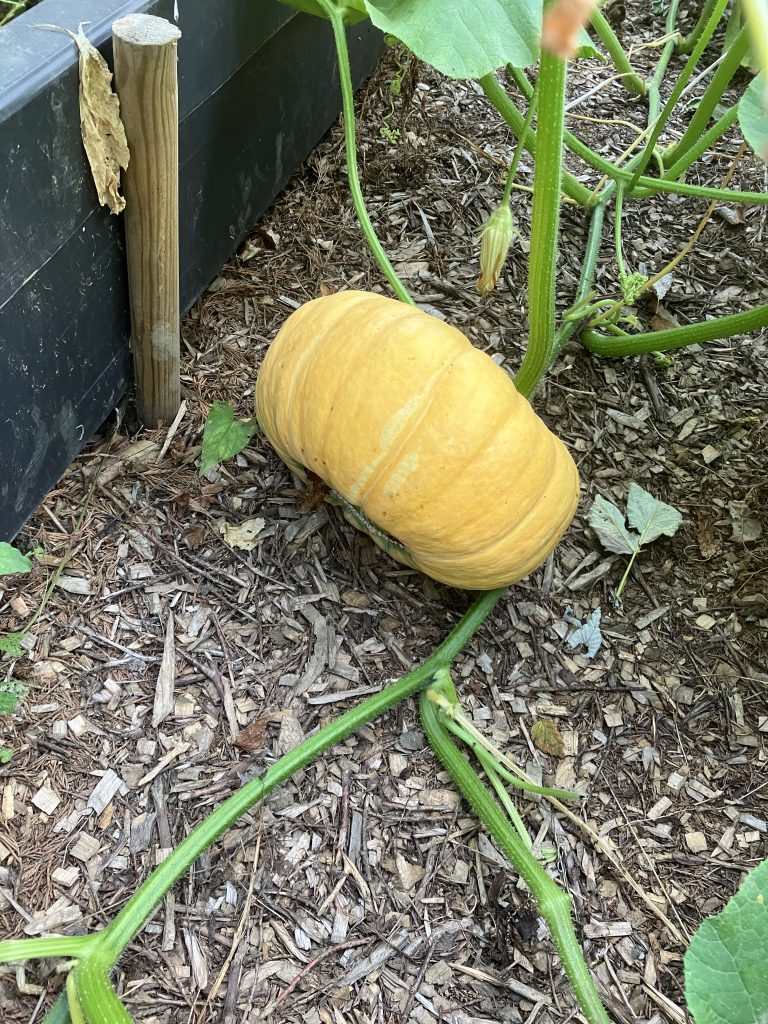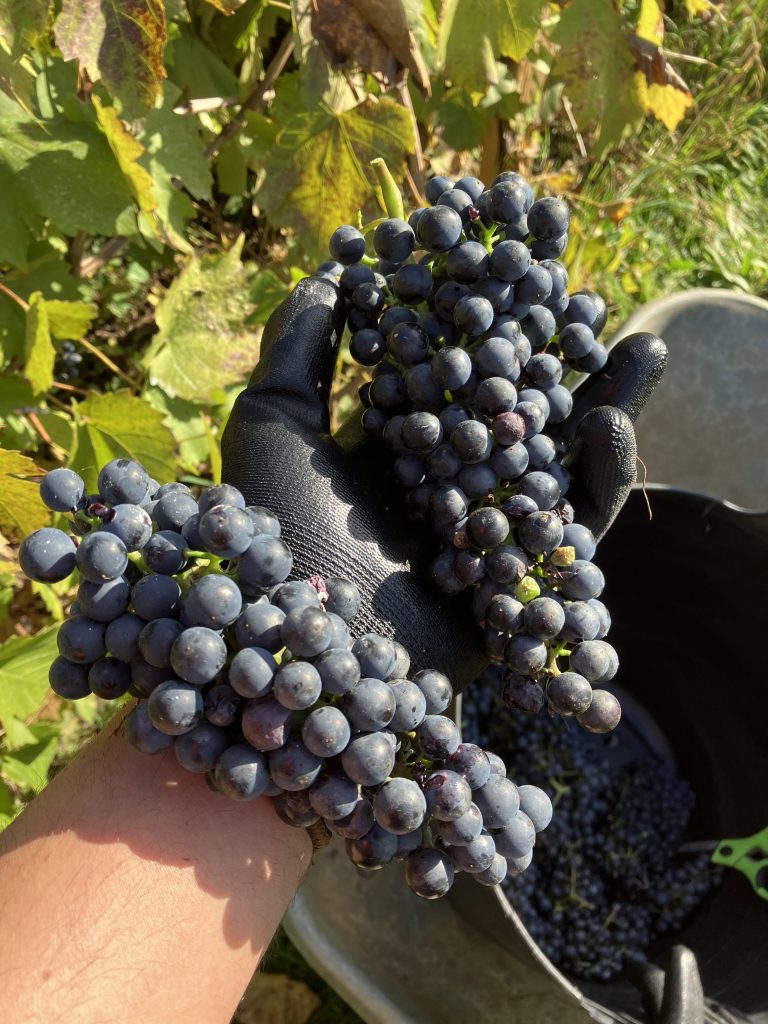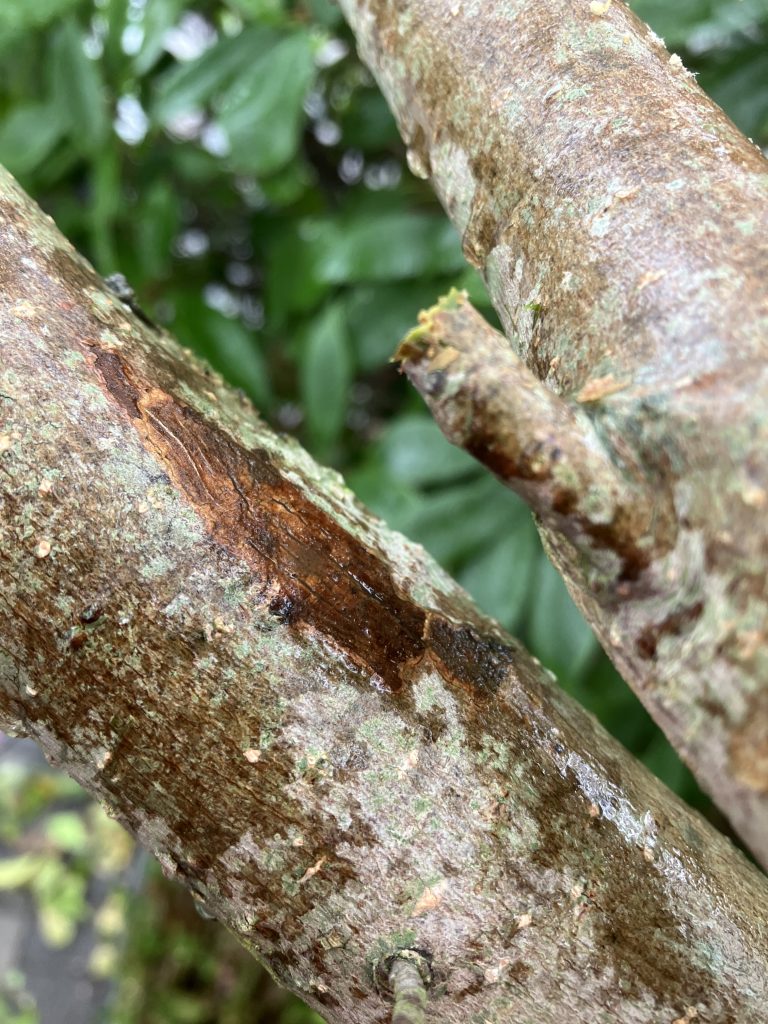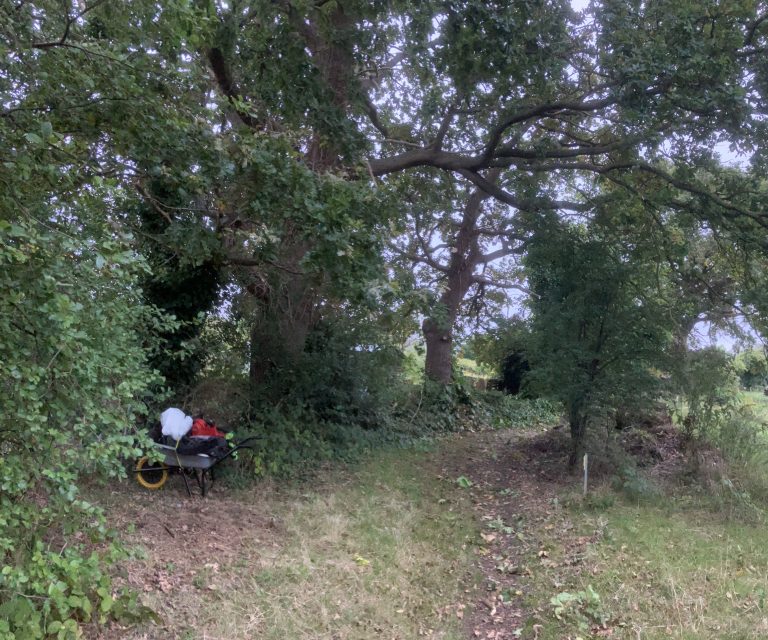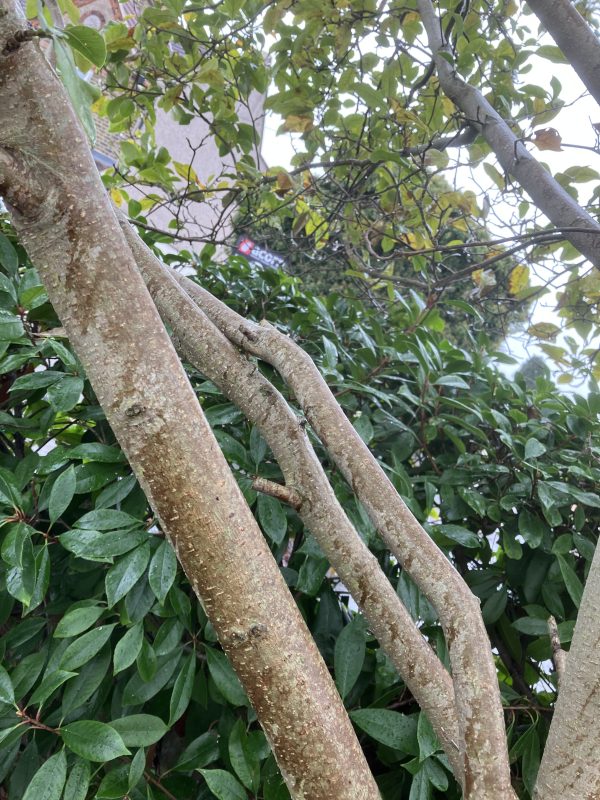
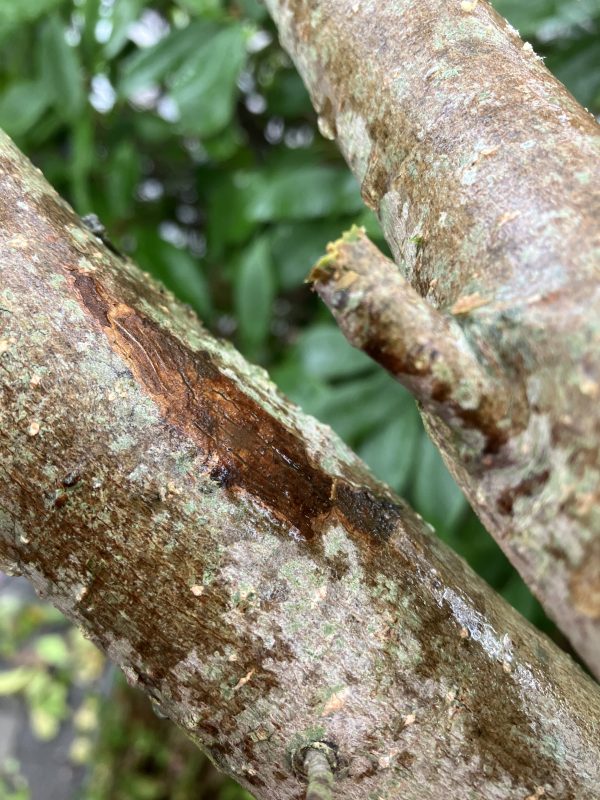
Magnolia Tree Pruning: Maintaining Health While Boosting Biodiversity
Magnolia trees are beloved features in UK gardens and landscapes, offering stunning blooms, fragrance, and structural elegance. However, magnolia tree pruning is not a frequent necessity but a targeted practice for maintaining health, shape, and vitality while supporting biodiversity. When done sparingly and correctly, pruning helps sustain ecosystems that attract pollinators and provide habitats for wildlife such as insects and birds. This article explores the essentials of magnolia pruning in the UK, including benefits, ideal timing, and considerations to ensure it enhances rather than harms natural environments.
Why Magnolia Tree Pruning Matters
At its essence, pruning magnolias focuses on removing dead, damaged, or diseased branches to preserve the tree’s structure and prevent potential hazards. Unlike many trees, magnolias require minimal intervention; excessive pruning can stress them and reduce flowering. Regular light maintenance for young trees helps establish a strong form, while mature ones may only need occasional tidying every few years. By clearing unhealthy parts, pruning curbs pest and disease spread, enabling the tree to thrive.
Beyond functionality, prudent pruning boosts biodiversity. Magnolias draw bees and butterflies with their flowers, aiding pollination and supporting insect populations. Their dense foliage offers shelter for birds and small mammals, while fallen petals and seeds contribute to soil health and food chains. In UK gardens, well-managed magnolias enhance local ecosystems by providing nectar sources and nesting spots, promoting a balanced habitat amid urban pressures.
Optimal Timing for Magnolia Tree Pruning
Timing is vital for magnolia pruning to avoid disrupting bud formation or inviting infections. In the UK, prune deciduous varieties after flowering, typically mid-summer to early autumn (July to September), to allow recovery before winter. This prevents removing next year’s flower buds. Evergreen magnolias are best pruned in late spring or early summer (May to June) for quick healing. Avoid late winter or early spring for most, as it can lead to poor regrowth.
Young magnolias may need formative pruning annually, but established trees rarely require it unless damaged. UK climate variations influence this; in milder southern regions, summer pruning is safer.
| Magnolia Type | Recommended Pruning Time | Key Considerations |
|---|---|---|
| Deciduous (e.g., Magnolia soulangeana) | Mid-summer to early autumn (Jul-Sep) after flowering | Remove only necessary branches; preserves buds for next year. |
| Evergreen (e.g., Magnolia grandiflora) | Late spring to early summer (May-Jun) | Light trims for shape; supports pollinators during growth. |
| Compact Varieties (e.g., Magnolia stellata) | Post-flowering in summer (Jun-Aug) | Minimal intervention; check for protected wildlife. |
Enhancing Wildlife Habitats Through Pruning
A key benefit of magnolia pruning is its role in improving wildlife habitats. Selective cuts open the canopy slightly, allowing light to reach undergrowth and encouraging diverse plant life that benefits insects and ground-dwellers. Well-pruned magnolias maintain dense foliage for bird cover and insect foraging, with flowers providing essential nectar.
To optimize biodiversity, prune minimally to retain natural shape, avoiding over-thinning that reduces shelter. Leave some deadwood if safe, as it hosts beneficial insects. Shape with outward-facing buds to promote wide growth for better habitat. In UK settings, magnolias support species like hoverflies and birds, contributing to garden ecosystems when pruned thoughtfully.
Planning Around Bird Nesting Seasons
An essential precaution in magnolia pruning is respecting bird nesting periods to prevent disturbance. In the UK, wildlife laws prohibit harming active nests, eggs, or chicks. The core nesting season is March to August, possibly longer for late nesters. Inspect branches for nests before work; postpone if any are found until young have fledged.
Survey for other protected species, potentially needing professional input or licenses. Winter assessments minimize risks, but since magnolia pruning is often summer-based, careful checks are crucial.
Practical Tips for Effective Magnolia Tree Pruning
Use clean, sharp tools like secateurs or loppers for precise cuts that minimize damage and promote fast healing. Cut just above a bud or branch junction at a slant to shed water. For larger trees, follow BS 3998:2010 standards for safe practices, including biosecurity. Tall magnolias may require rope and harness access with chainsaws by certified arborists to reach high branches safely.
Avoid heavy pruning; focus on aesthetics and health. Plant natives or companions to boost ecosystems, and skip chemicals to safeguard pollinators. Pile prunings as wildlife refuges.
Conclusion
Magnolia tree pruning, approached judiciously, turns occasional maintenance into an opportunity for ecological support. By timing cuts post-flowering, employing gentle methods, and honoring nesting seasons, you nurture healthy trees that enrich biodiversity. Whether in a compact garden or larger space, these UK-adapted practices foster thriving habitats for generations. Seek advice from local experts or the RHS for tailored insights.
References
- Evolution Tree Surgery. (2023) ‘When to Prune a Magnolia Tree UK: Tips’, Evolution Tree Surgery Blog, 14 November. Available at: https://evolutiontreesurgeryltd.co.uk/blog/when-to-prune-magnolia-tree-uk/ (Accessed: 4 October 2025).
- MOOWY. (2024) ‘Pruning your Magnolia Tree: Why, When, & How?’, MOOWY, 9 January. Available at: https://moowy.co.uk/pruning-magnolia-tree/ (Accessed: 4 October 2025).
- RHS. (n.d.) ‘How to grow magnolias’, RHS Gardening. Available at: https://www.rhs.org.uk/plants/magnolia/growing-guide (Accessed: 4 October 2025).
- BBC Gardeners World Magazine. (2024) ‘How to grow magnolias’, Gardeners World, 25 September. Available at: https://www.gardenersworld.com/how-to/grow-plants/how-to-grow-magnolias/ (Accessed: 4 October 2025).
- One Click Plants. (n.d.) ‘The Ultimate Guide to Pruning Magnolia Plants’, One Click Plants Blog. Available at: https://www.oneclickplants.co.uk/blogs/news/the-ultimate-guide-to-pruning-magnolia-plants (Accessed: 4 October 2025).
- Gardeningetc. (2022) ‘How to prune a magnolia tree: a simple step-by-step guide’, Gardeningetc, 5 April. Available at: https://www.gardeningetc.com/advice/how-to-prune-a-magnolia-tree (Accessed: 4 October 2025).
- Dot Magazine. (2025) ‘Why a Magnolia Tree Can Transform Your Outdoor Space’, Dot Magazine, 1 August. Available at: https://dotmagazine.co.uk/why-a-magnolia-tree-can-transform-your-outdoor-space/ (Accessed: 4 October 2025).
- Wildflower Web. (n.d.) ‘Magnolia: Information and Facts’, Wildflower Web. Available at: http://www.wildflowerweb.co.uk/plant/302/magnolia (Accessed: 4 October 2025).
- MOOWY. (2024) ‘Pruning your Magnolia Tree: Why, When, & How?’, MOOWY, 9 January. Available at: https://moowy.co.uk/pruning-magnolia-tree/ (Accessed: 4 October 2025).
- Gardeners Dream. (2022) ‘8 Tips Buying And Growing Magnolia Trees’, Gardeners Dream Blog, 1 February. Available at: https://www.gardenersdream.co.uk/blogs/gardeners-dream-blog/8-tips-for-buying-and-growing-a-magnolia-tree (Accessed: 4 October 2025).
- Thompson & Morgan. (n.d.) ‘How to prune magnolia trees’, Thompson & Morgan. Available at: https://www.thompson-morgan.com/pruning/magnolias (Accessed: 4 October 2025).

